Water is one of our planet’s most precious resources, and conserving it should be a priority for everyone. Indoor water conservation is a vital aspect of water-saving efforts, as a significant portion of our daily water usage occurs within our homes. In this article, we’ll explore practical tips for indoor water conservation to help you reduce your water consumption and contribute to a more sustainable future.
Shutterstock / txking
Understanding Your Water Consumption
Before you can start conserving water, it’s crucial to understand how much water your household currently uses. This knowledge will serve as a baseline for tracking your progress in water conservation. You can easily access this information through your water bills and meters.
Tip 1: Monitor Your Water Bills
Regularly review your water bills to keep track of your monthly water consumption. Look for any unusual spikes that could indicate leaks or inefficient water use. This simple habit will give you a clearer picture of your water usage trends and help you identify potential areas for improvement.
Tip 2: Check Your Water Meter
Periodically check your water meter to monitor usage more closely. Record the readings and compare them over time to identify any sudden increases. A sudden spike in water usage may indicate a hidden leak that requires immediate attention. By keeping an eye on your meter, you can catch these issues early and save both water and money.
Pro Tip: Use a water usage calculator tool to estimate your daily and monthly water usage based on meter readings. This can help you set specific water-saving goals and track your progress effectively.
Addressing Plumbing Issues
One of the most significant contributors to indoor water wastage is plumbing issues such as leaks and drips. Even minor leaks can add up to substantial water waste over time.
Tip 3: Fix Leaking Faucets
Repair dripping faucets promptly. A single dripping faucet can waste gallons of water every day. In most cases, fixing a leaky faucet is a relatively simple DIY task that can be accomplished with basic tools and replacement parts. By addressing faucet leaks promptly, you not only conserve water but also save money on your water bill.
Tip 4: Check for Toilet Leaks
Toilet leaks can be silent culprits. Place a few drops of food coloring in the tank, and if you notice the color seeping into the bowl without flushing, you have a leak that needs fixing. Toilet leaks can go unnoticed for extended periods, wasting a significant amount of water. Fortunately, they are often caused by worn-out flappers or faulty fill valves, which are relatively inexpensive to replace. Fixing toilet leaks is an easy and cost-effective way to reduce water consumption.
Pro Tip: Learn how to perform basic DIY plumbing repairs to save on repair costs. Many online tutorials and resources can guide you through common plumbing fixes. If you need greater assistance, reach out to a professional plumbing technician.
High-Efficiency Fixtures for Water Savings
Upgrading your fixtures can significantly reduce water consumption without sacrificing functionality.
Tip 5: Install Low-Flow Faucets
Replace old faucets with low-flow models. These faucets aerate the water, maintaining strong water pressure while using less water. Low-flow faucets typically deliver water at a rate of 1.5 gallons per minute (GPM) or less, compared to the 2.5 GPM of older faucets. This simple change can reduce your water usage by up to 30%, saving water and energy used to heat it.
Tip 6: Upgrade to Low-Flow Showerheads
Low-flow showerheads are designed to provide a satisfying shower experience while conserving water. They can reduce water usage by up to 50%, depending on the model you choose. Look for showerheads with a flow rate of 2.0 GPM or lower. Installing a low-flow showerhead is a quick and cost-effective way to make a significant impact on your water consumption.
Tip 7: Invest in Water-Efficient Toilets
Consider installing dual-flush toilets or toilets with low-flow technology. These use less water per flush, just 1.28 gpf, compared to 1.6 gpf and up to 7 gpf, depending on the age on your older toilet. A new ultra-efficient toilet contributes to significant water savings over time. Dual-flush toilets offer two flushing options: a low-volume flush (0.8 gpf) for liquid waste and a higher-volume flush (1.28-1.6 gpf) for solid waste. By using the appropriate flush option, you can save thousands of gallons of water annually.
Pro Tip: Look for fixtures with the WaterSense label, a certification by the Environmental Protection Agency (EPA) that signifies water efficiency. Choosing WaterSense-certified fixtures ensures you select environmentally friendly options that meet strict efficiency standards.
Efficient Laundry and Dishwashing Practices
Making small changes in your laundry and dishwashing routines can lead to substantial water savings
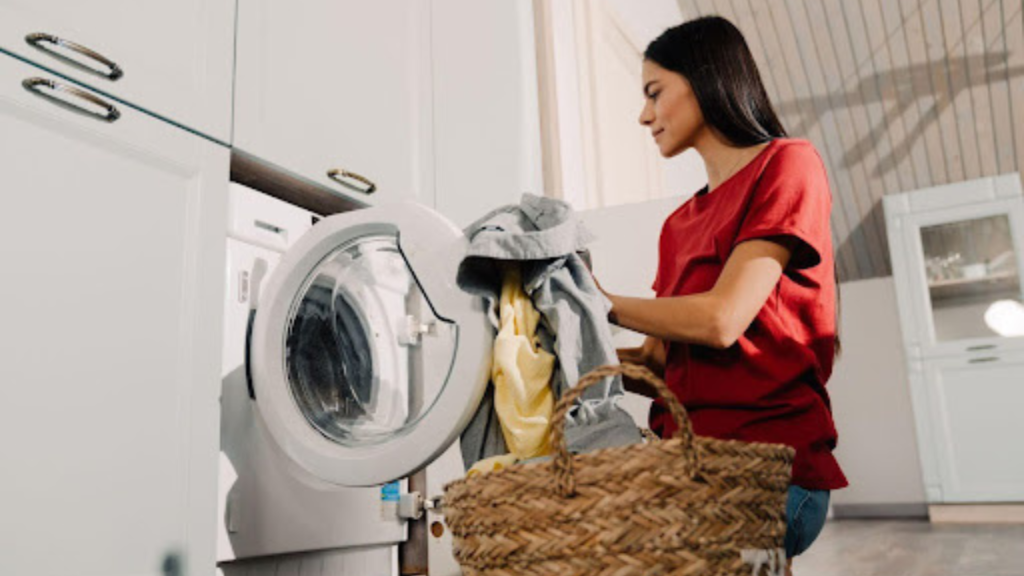
Shutterstock/ Dean Drobot.
Tip 8: Run Full Loads
Ensure you have a full load before running your dishwasher or washing machine. Running partial loads wastes both water and energy. Dishwashers and washing machines consume nearly the same amount of water and energy regardless of the load size. Running full loads maximizes their efficiency and minimizes water waste.
Tip 9: Use Cold Water
Wash your clothes with cold water whenever possible. Modern detergents are designed to work effectively in lower temperatures. Cold water washing not only conserves energy used for heating but also helps preserve the colors and quality of your clothing. Additionally, it reduces the strain on your water heater, extending its lifespan.
Tip 10: Upgrade to Energy-Efficient Appliances
Consider investing in Energy Star-rated appliances for both laundry and dishwashing. These appliances are designed to minimize water and energy consumption. Energy Star appliances are independently certified to meet stringent efficiency standards, ensuring they use less water and electricity without compromising performance.
Conscious Faucet Usage
Wasting water at the faucet is a common habit that can be easily rectified with mindfulness.
Tip 11: Turn Off the Tap
Turn off the faucet while brushing your teeth, shaving, or scrubbing dishes. Letting the water run unnecessarily can waste gallons of water daily. It’s a simple but effective habit that can save a significant amount of water over time. Encourage everyone in your household to adopt this practice to maximize water savings.
Tip 12: Use a Flow-Reducing Aerator
Install a flow-reducing aerator on your faucet. This simple device can reduce water usage without compromising water pressure. A flow-reducing aerator mixes air with water, creating the sensation of a higher flow rate while actually using less water. It’s an affordable and easy-to-install solution that can lead to substantial water conservation.
Pro Tip: Teach your children about the importance of turning off the tap when not in use to instill good water-saving habits from a young age. Involving the whole family in water conservation efforts can amplify your impact.
Recycling Water for Multiple Purposes
Collecting and reusing water can be an effective way to reduce your overall water consumption.
Tip 13: Install a Rain Barrel
Capture rainwater from your roof in a rain barrel. You can use this collected water for outdoor tasks like watering plants and gardens. Rainwater is naturally soft and lacks the chemicals found in treated tap water, making it ideal for plants. Rain barrels come in various sizes and styles, making it easy to find one that fits your needs and complements your outdoor space.
Tip 14: Implement Greywater Systems
Greywater systems allow you to reuse water from showers, baths, and sinks for flushing toilets or watering outdoor landscapes. Greywater is wastewater that doesn’t contain sewage and can be safely repurposed for non-potable uses. When installing a greywater system, it’s essential to follow local regulations and guidelines to ensure safety and compliance.
Pro Tip: Consider using eco-friendly soaps and detergents to minimize the environmental impact of greywater.
Conclusion: Start Conserving Water Today
Incorporating these indoor water conservation tips into your daily routine can lead to significant water savings. Remember that every drop counts, and by making these small changes, you can play a part in preserving our planet’s precious water resources.
Take action today to reduce your water consumption, save money on utility bills, and contribute to a sustainable future for generations to come. Start conserving water, one drop at a time.



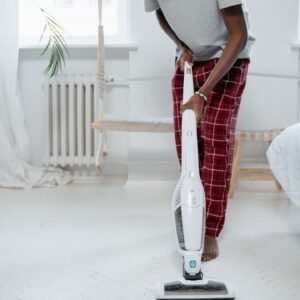
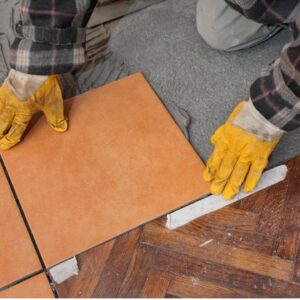





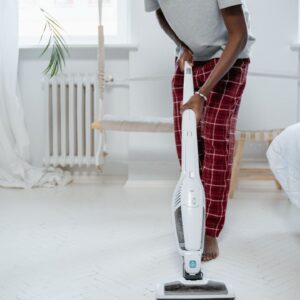
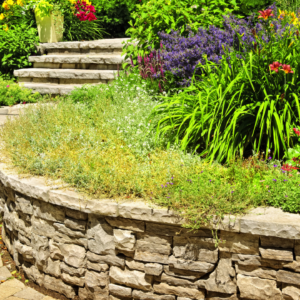
Commented Posts